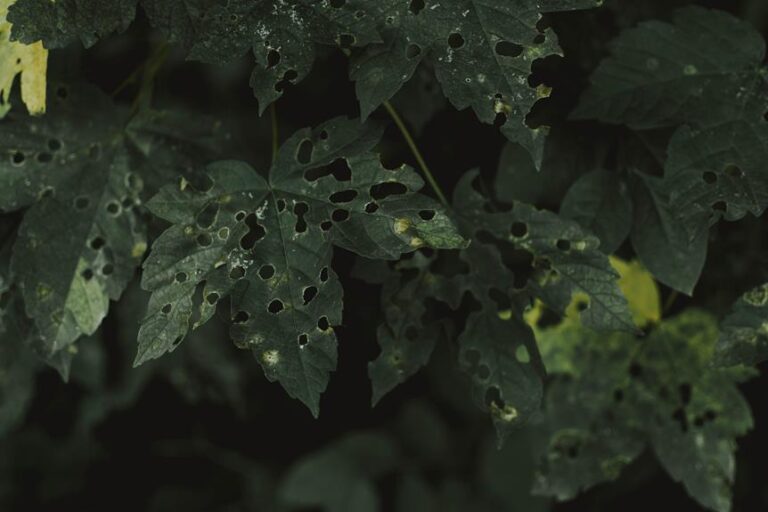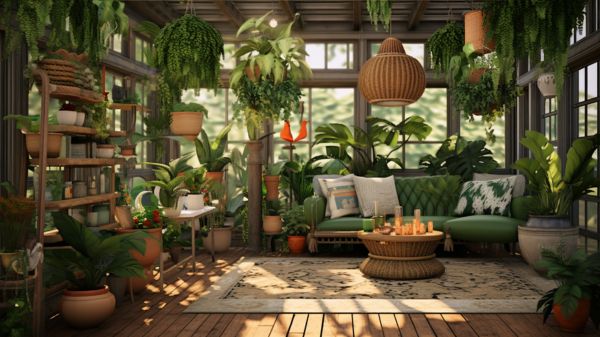How-To Guide: Advantages of Urban Green Landscaping
Welcome to our how-to guide on the benefits of urban green landscaping!
In this guide, we will explore the numerous benefits that come with incorporating green spaces into our urban environments. By working together, we can create a sense of belonging in our communities while reaping the rewards of a healthier and more sustainable cityscape.
From improved air quality to reduced urban heat island effect, we will delve into the positive impact that green landscaping can have on our daily lives.
Not only does it enhance our mental and physical well-being, but it also promotes water conservation and manages stormwater effectively. So, let’s dive in and discover how we can transform our cities into vibrant and thriving green spaces!
Improved Air Quality
One way urban green landscaping benefits us is by enhancing the air quality in our cities. Indoor air pollution is a major concern, especially in urban areas where buildings and structures can trap pollutants. However, by strategically selecting and placing plants in our cities, we can significantly improve the quality of the air we breathe.
When it comes to plant selection, certain types are particularly effective in purifying the air. Plants like spider plants, snake plants, and peace lilies are known for their ability to remove toxins such as formaldehyde, benzene, and xylene from the air. These plants not only add beauty to our urban landscapes but also act as natural air filters, reducing the levels of harmful pollutants in our indoor environments.
Reduced Urban Heat Island Effect
To further maximize the benefits of urban green landscaping, we can also address the issue of the urban heat island effect. This phenomenon occurs when cities become significantly warmer than their surrounding rural areas due to the concentration of buildings, concrete, and asphalt. By incorporating green spaces into urban planning, we can reduce the heat island effect and create more energy-efficient cities.
Here are some ways in which urban green landscaping helps combat this problem:
- Increased vegetation: Planting trees and vegetation helps absorb and deflect heat, reducing ambient temperatures in urban areas.
- Shade and cooling effects: Green spaces provide shade, reducing the need for air conditioning and lowering energy consumption.
- Evapotranspiration: Plants release moisture through their leaves, which cools the surrounding air and decreases temperatures.
- Reduced heat storage: Vegetation and green roofs minimize the amount of heat absorbed and stored by buildings and pavement.
Increased Biodiversity in Cities
To enhance the benefits of urban green landscaping, we can further explore the potential of increasing biodiversity in cities.
Urban wildlife plays a crucial role in creating a thriving ecosystem within urban areas. By incorporating diverse plant species and creating habitats for animals, we can attract a wide range of urban wildlife, such as birds, butterflies, and bees.
This increased biodiversity brings various advantages to cities. Firstly, urban wildlife contributes to the pollination of plants, ensuring a healthy and vibrant green landscape. Secondly, it helps control pests naturally, reducing the need for harmful pesticides.
Additionally, urban wildlife provides opportunities for educational and recreational activities, connecting people with nature and fostering a sense of belonging.
Enhanced Mental and Physical Health Benefits
Enhancing biodiversity in cities brings not only environmental benefits but also a multitude of enhanced mental and physical health benefits for urban residents. Here are some ways in which urban green landscaping can improve our well-being:
- Social connections: Green spaces provide opportunities for people to interact and connect with one another. Parks and community gardens become gathering places, fostering a sense of belonging and community.
- Stress reduction: Spending time in nature has been shown to reduce stress levels and improve overall mental health. Urban green spaces offer a retreat from the hustle and bustle of city life, providing a calming environment for relaxation and rejuvenation.
- Improved cognitive function: Research suggests that exposure to nature can enhance cognitive function, including attention and memory. Green spaces in cities offer a natural setting for mental restoration, leading to increased focus and productivity.
- Physical health benefits: Access to green spaces encourages physical activity, such as walking, jogging, and cycling. Regular exercise improves cardiovascular health, reduces the risk of chronic diseases, and promotes overall well-being.
Water Conservation and Stormwater Management
Our city’s water conservation and stormwater management can greatly benefit from implementing urban green landscaping practices. By incorporating water reuse and green infrastructure techniques, we can effectively manage our water resources and reduce the impact of stormwater runoff.
Water reuse involves collecting and treating rainwater or graywater for various purposes, such as irrigation or flushing toilets. This reduces the demand for freshwater and promotes efficient water use.
Green infrastructure, on the other hand, refers to the use of natural systems like rain gardens, bioswales, and permeable pavements to manage stormwater. These features help to absorb and filter rainwater, preventing it from overwhelming our sewer systems and reducing the risk of flooding.
Conclusion
Urban green landscaping offers a multitude of advantages for both the environment and the people living in cities. By improving air quality, reducing the urban heat island effect, increasing biodiversity, and providing mental and physical health benefits, green spaces create a harmonious and vibrant urban ecosystem.
Additionally, the integration of water conservation and stormwater management ensures sustainable and efficient use of resources. Embracing urban green landscapes not only enhances the beauty of cities but also creates a healthier and more sustainable future for all.






